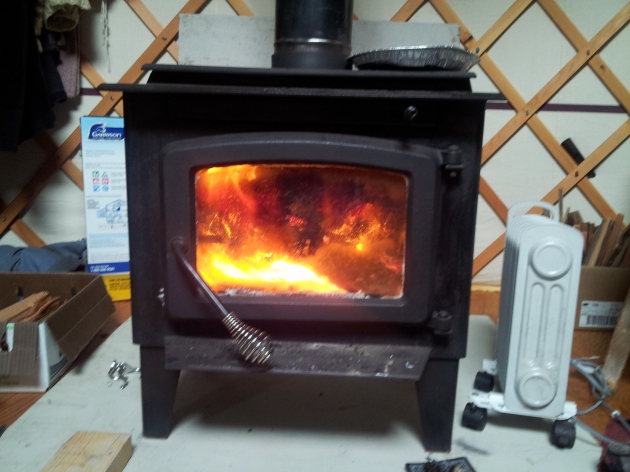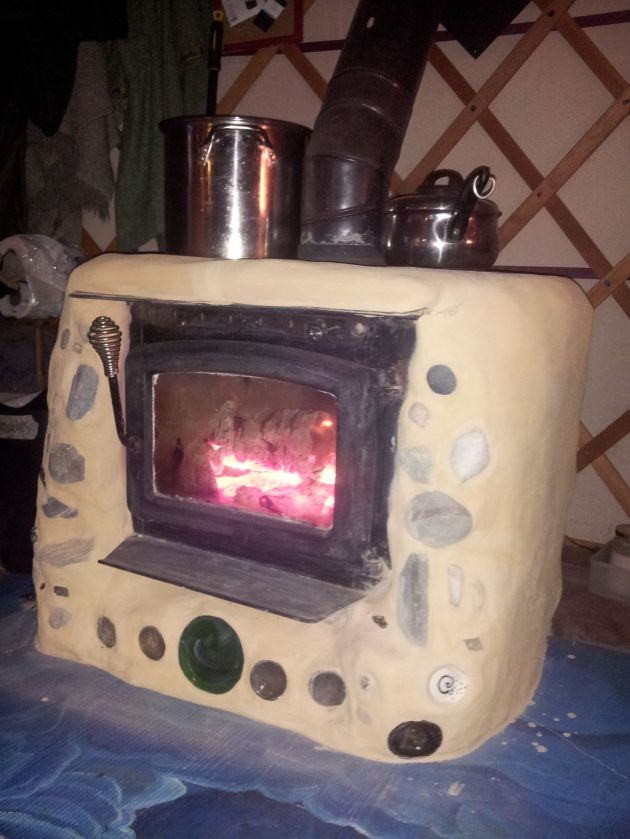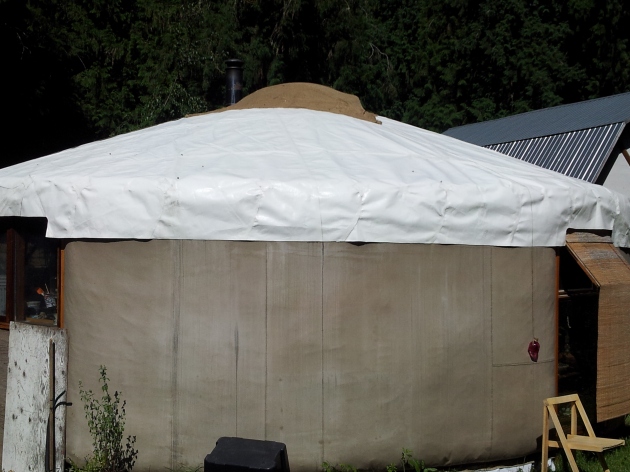To shower or not to shower. Well thats not the question for most folks unless you choose the “radical” option for reducing energy usage in bathing which is described in the LOW-TECH LIVING AS A ‘DEMAND-SIDE’ RESPONSE TO CLIMATE CHANGE AND PEAK OIL SIMPLICITY IS THE ULTIMATE SOPHISTICATION by Samuel Alexander and Paul Yacoumis Simplicity Institute Report 15d, 2015.
In case you were wondering what the other options were, the authors come up with just five ways to bath more simply:
P. 8 The reference scenario yielded a result of 21,199 litres of water and 851 kWh of energy consumed by our two-person household annually. Five alternative scenarios are described as follows:
• Moderate 1: Reducing shower time to 3 minutes with no use of a solar shower.
• Moderate 2: Using a solar shower, when possible, but showering regularly otherwise.
• Strong 1: Using a solar shower, when possible, and reducing shower time to 3 minutes otherwise.
• Strong 2: Using a solar shower, when possible, otherwise reducing shower time to 3 minutes, and reducing shower frequency by one-third (equivalent of showering around 4 times per week).
• Radical: Using a solar shower, when possible, otherwise reducing shower time to 3 minutes, and reducing shower frequency by two-thirds (equivalent of showering around 2 times per week).
And the results in reduction of energy usage are astounding! See page 8
Woo we’re Radical! That means that “Under the ‘radical’ scenario our two-person household is saving over 17,000 litres of water per year, and reducing shower-related energy consumption by nearly 90%.”(Alexander and Yacoumis, 9). But thats compared to conventional peoples showering habits. Like many days this summer we have been jumping in the cold creek – several times a day. I shower 1-2x/week in the neighbours house. and in the winter probably 4 x/week. But enough about my excellent hiegene! The article caught my attention because it seeks to focus not on the big bad problem side of the earths destruction – industry, governemnt etc – but it seeks to look at the demand side from a practical viewpoint.The authors don’t just examine homee water usage they look at heating, cooling, driving, toilets and more. The demand side is US! What would it actually look like to use simple low input technologies that are readily available to us like the sun heating up our water! This is something which Jeds parents have done for the past 25 years with a solar preheat tank – woooh. But also what would that mean if this low-tech living practices/lifestyles were adopted widely? I know you’re wondering… would it REALLY make a difference? Im interested. Im stocked to see that someone is crunching the numbers and what they find out is cool. Read on here…
For an overview of the article the abstract says it better than me:
Energy is often called the ‘lifeblood’ of civilisation, yet the overconsumption of fossil energy lies at the heart of two of the greatest challenges facing humanity today: climate change and peak oil. While transitioning to renewable energy systems is an essential ‘supply side’ strategy in response to climate change and peak oil, the extent of the problems and the speed at which decarbonisation must occur means that there must also be a ‘demand side’ response. This means consuming much less energy not just ‘greening’ supply, at least in the most developed regions of the world. In that context, this paper provides an energy analysis of various ‘low tech’ options – such as solar shower bags, solar ovens, washing lines, and cycling – and considers the extent to which these types of ‘simple living’ practices could reduce energy consumption if widely embraced. We demonstrate that low-tech options provide a very promising means of significantly reducing energy (and water) consumption.
Are you practising moderate, strong or radical living? How do you do it? Do you like your lifestyle? What changes would/could you make and share with us?
And remember, you too can be radical just by wearing wool socks in the cold northern winters.









